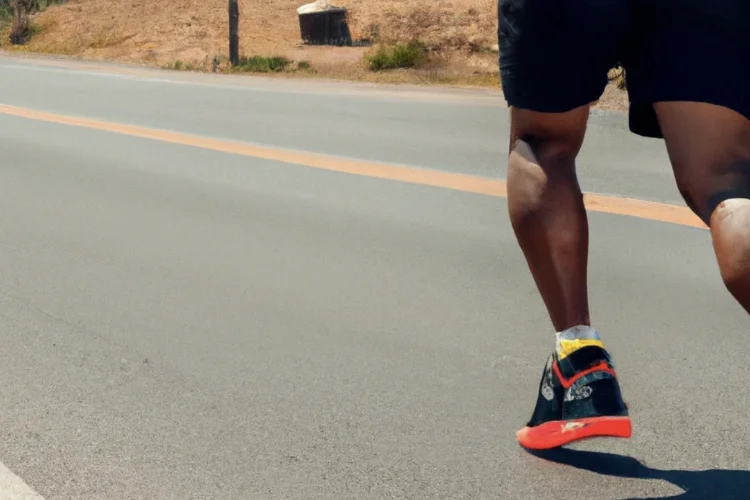When Tony Stark developed the Mark II suit, he realized the need for a more powerful reactor to fuel all its functionalities. This new reactor replaced the older, less efficient one, ensuring that the suit had the energy it required for optimal performance.
Interestingly, we often don’t think of our bodies in the same way. While we focus on building muscles, we seldom consider the energy source that powers them. Just as Stark’s suit needed an upgrade, our bodies too have systems that can be enhanced for better performance.
Our muscles and organs receive oxygen and nutrients through a vast network of blood vessels. The more extensive and functional this vascular network, the more efficient the exchange processes within our body. This network acts as our body’s “reactor,” and just like Stark’s suit, it can be improved upon.
Angiogenesis is the process of forming new blood vessels and capillaries. Naturally, it plays a crucial role in our body, especially during wound healing. But what if we could stimulate this process on a larger scale? The benefits could be immense:
- The heart, liver, and kidneys would receive a significant boost in their performance.
- You would feel more alive, vibrant, and energetic throughout the day.
- Digestion would become more efficient, leading to better nutrient absorption and overall health.
- Physical workouts would become noticeably easier, as your respiratory system would function more efficiently.
- Your athletic performance would see marked improvements, allowing you to achieve goals you previously thought were out of reach.
In essence, by understanding and harnessing the power of angiogenesis, we can supercharge our body’s natural processes, much like how Tony Stark upgraded his suit for peak performance.
What are we aiming for? Creating the right conditions
Cyclical loads lasting for at least 20 minutes lead to enhanced blood flow. This, in turn, signals the body to develop new capillaries to accommodate the increased demand.
How do we achieve this?
- Aerobic Exercise: Engaging in aerobic activities is key. It’s more beneficial to exercise for 20 minutes, five times a week, than to have longer sessions just a couple of times. Options abound: brisk walking, cycling, jogging, swimming, skiing – choose what you enjoy the most. Aerobic exercises are known to improve cardiovascular health, increase lung capacity, and reduce the risk of chronic diseases like heart disease and type 2 diabetes.
- Anaerobic Exercise: In this context, anaerobic exercises, like weightlifting, offer significantly lesser benefits in terms of capillary growth. So, if your routine is solely focused on anaerobic workouts, consider this a sign from the universe to incorporate some cardio. However, it’s worth noting that anaerobic exercises are excellent for building muscle strength, boosting metabolism, and improving bone density.
The good news is, you don’t need to exhaust yourself for hours to see results. Consistency is the key. It’s essential to make your body understand that you’re committed to this change. Start with a minimum of two sessions a week and gradually increase the duration and intensity based on how you feel.
Lastly, monitor the changes. Positive transformations in your stamina, cardiovascular health, and overall well-being will become evident sooner than you might expect. Regular exercise not only promotes physical health but also has a profound impact on mental well-being, reducing symptoms of depression and anxiety.
Disclaimer
The information provided in this article is for general informational purposes only. The content presented on this website should be considered solely as opinions and personal experiences. Read more
